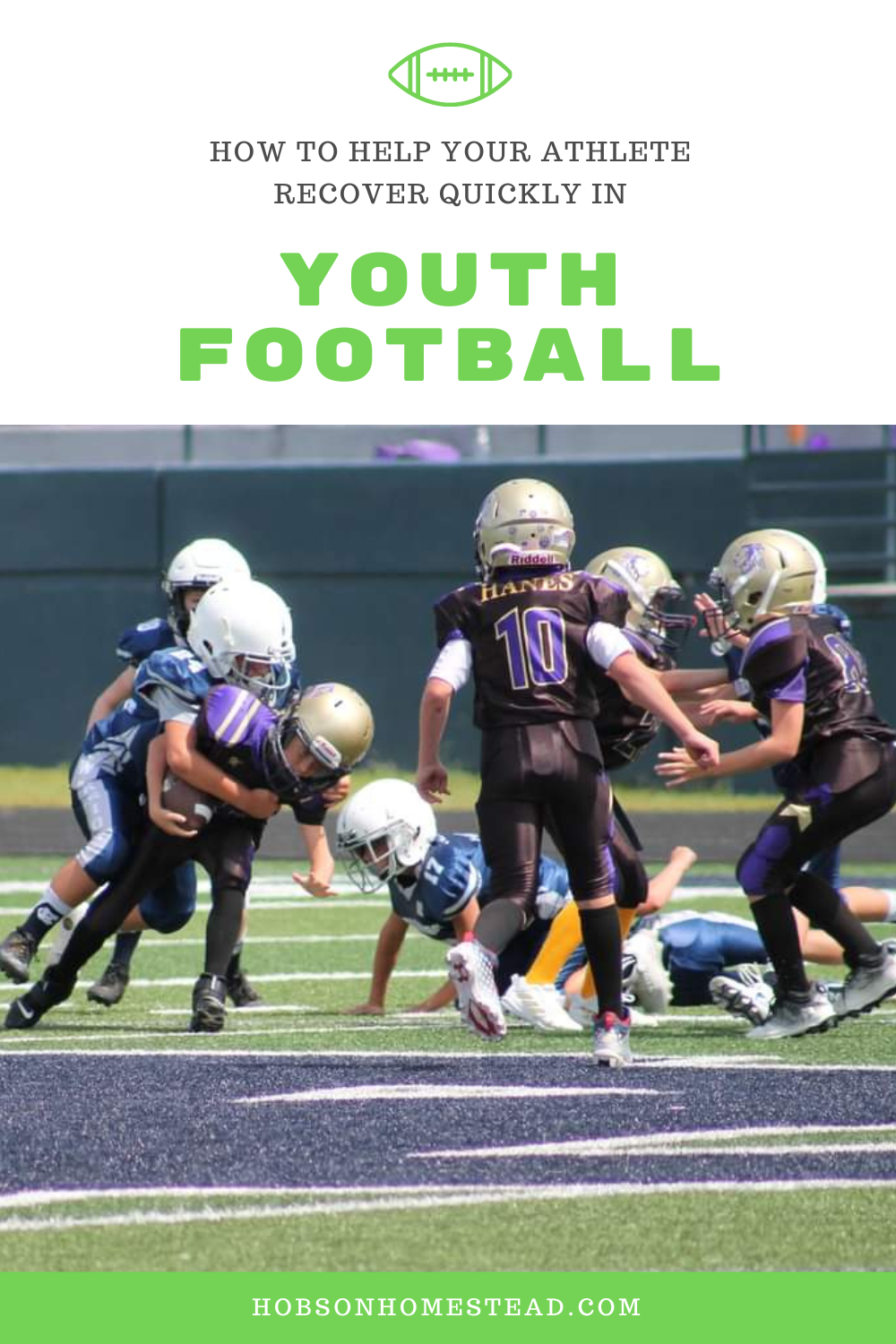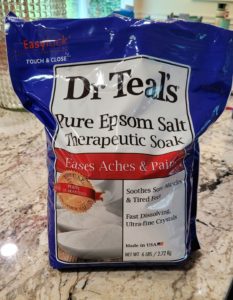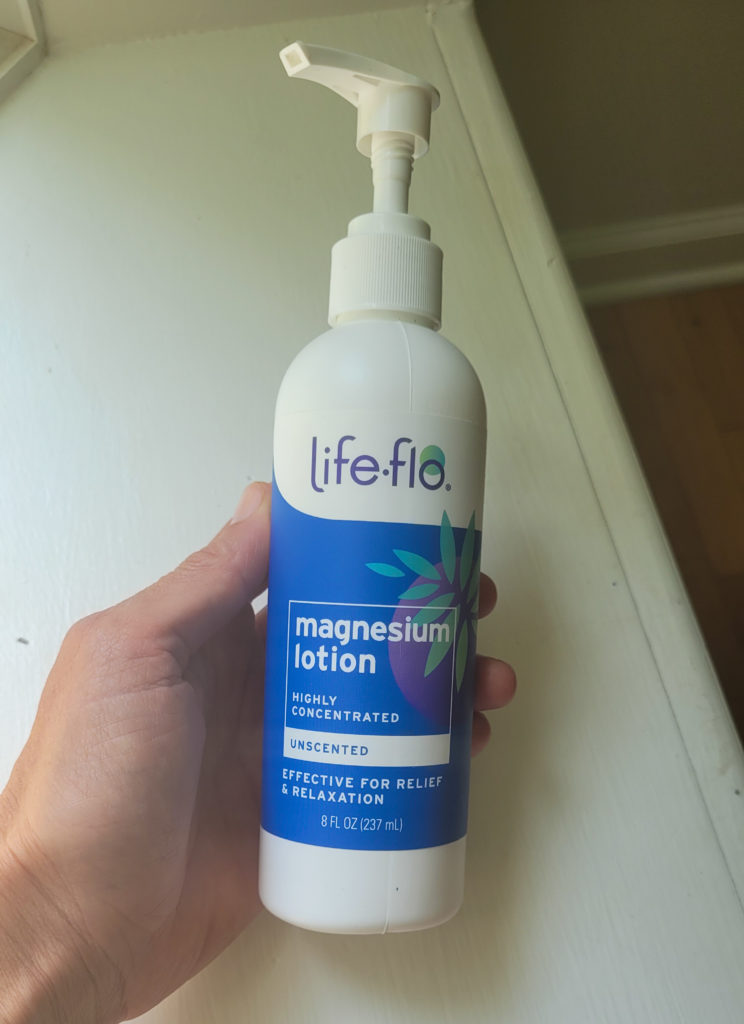Check out these 7 tips for preparing your child for youth football season and helping them recover quickly week after week.
Though many consider football an intense sport beginning at the collegiate and professional levels, any football mom will tell you the intensity of the sport begins in grade school years.
With a four-month season spanning from hot summer days to cool fall nights, youth football requires constant temperature acclimation for players who claim the game each season.
Though most football leagues mandate a heat acclimatization period when youth football practice starts in the summer, the heat still takes a toll on many kids who aren’t conditioned for it. And if you happen to live in the south, the hot summer days remain halfway through the season, making it all the more critical to prepare your athlete ahead of time.
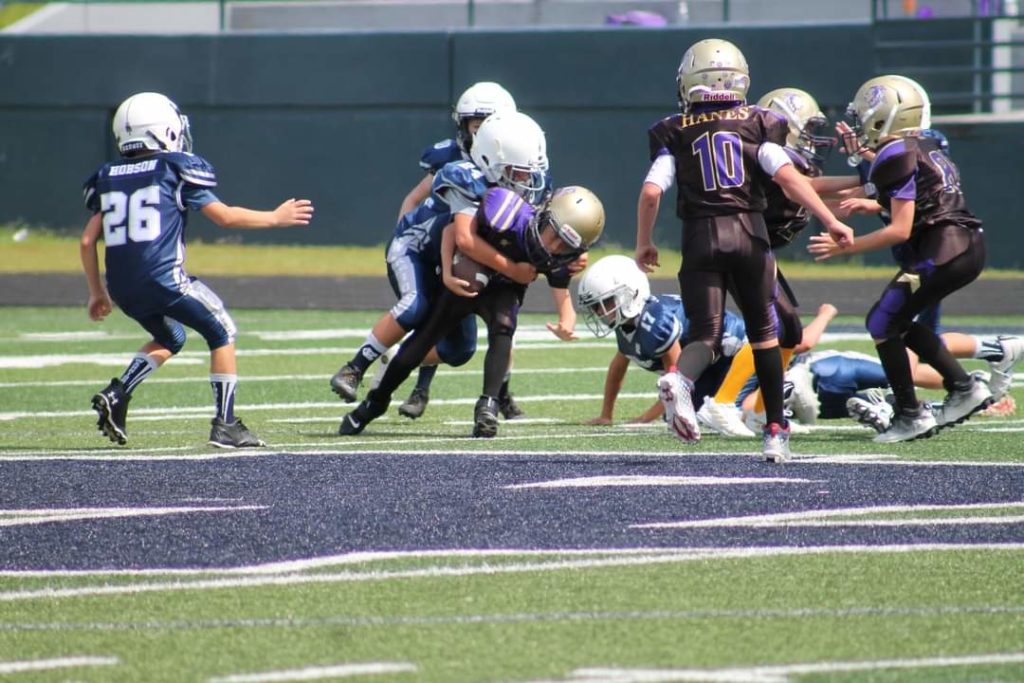
Though my boys both jumped on the youth football bandwagon later than many kids (4th grade), we now have a few seasons under our belts and have honed in on our personal strategy for helping them recover each week from the heat, the physical contact and the fatigue.
Here’s a look into how we prepare our boys for youth football season and tips to help them recover quickly practice after practice, week after week.
Stay Acclimated to the Heat
Exertional heat stroke is a major buzz phrase when it comes to summer football training, and for good reason. While summer temperatures may peak in the 90s in many states, the heat indexes can soar much higher. Compound that with 105-minute practices in full pads and you understand why youth football leagues mandate a heat acclimation period.
Despite weeks of acclimation practices, where players are required to add one piece of equipment every few days (such as helmet, shoulder pads, full pads), many players still end up overheated and nauseous, even vomiting on the sidelines.
As an active family, we’ve found that they best way to prepare our boys for the heat that spans the first half of youth football season is to simply spend the summer in the heat. We hike together in the heat of the day. They cut grass with a push mower, weed eat, edge and blow off the yard in the middle of the day. They shovel mulch, muck out the chicken coop and help with other yard work in the heat of the day. They play outside in the middle of the day.
And while this may sound extreme and even cruel to some, I’ll be the first to tell you that I truly believe this is why they haven’t struggled during summer training practices. Of course, we let them cool off, drink lots of water and even jump in the pool when they’re done working outside, but we don’t shelter them from being active in the heat of the day.
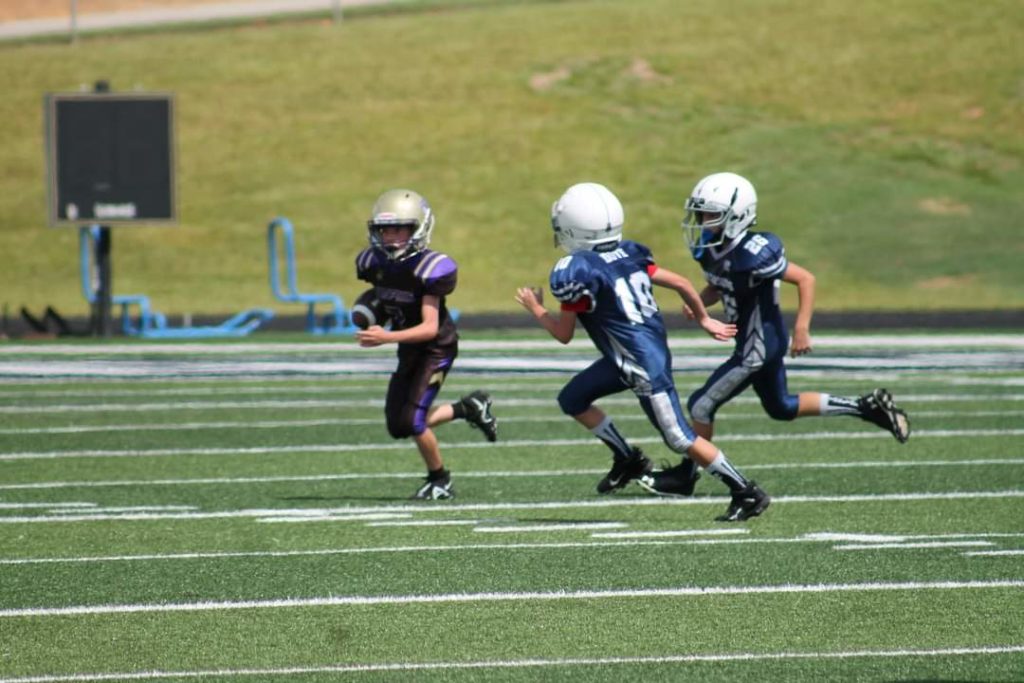
Hydrate in Advance
Hydrating may seem like a no-brainer, but many young athletes aren’t hydrating properly. They may chug a Gatorade on the way to practice or a game and think that’s enough. We’ve all heard it said that by the time you feel thirsty, you’re already dehydrated.
And the problem with dehydration is it can cause a decline in coordination, muscle cramps, fatigue, sinking energy and just an overall deterioration of athletic performance.
This is why making a habit of hydration is key for athletes of all ages. My sons carry large water bottles to school throughout the week so they can stay hydrated throughout the day before evening practices.
Because Gatorade is high in food dyes and dextrose, we avoid it except as an after-game snack supplied by football parents. Instead, we allow our sons to consume electrolyte options throughout the week. There are plenty of reputable brands out there, such as Redmond’s or Liquid I.V., but lately, I’ve chosen to make my own electrolyte drink using coconut water, citrus, water, salt and honey (because we have backyard bees!). It’s worth trying out if you’re into more natural ingredients.
Save this recipe: How to Make a Natural Electrolyte Drink: Healthy Gatorade Copycat
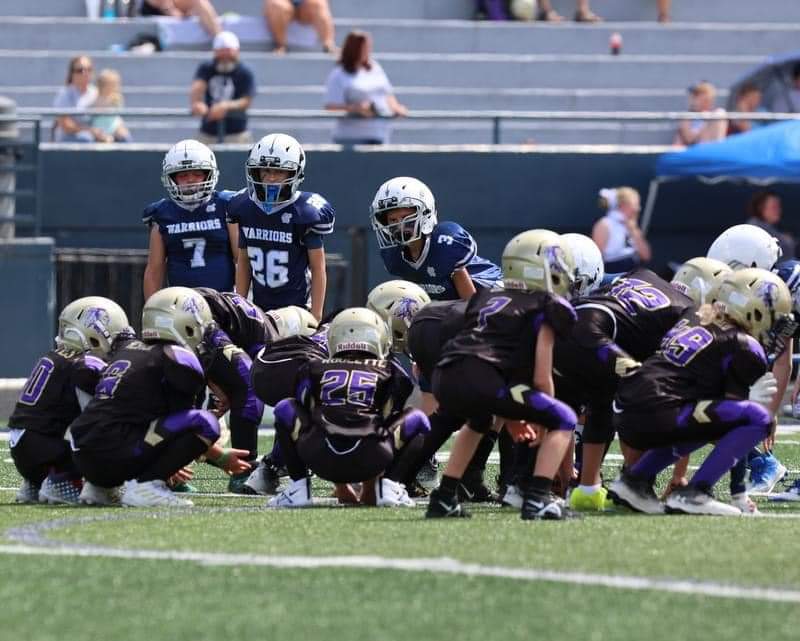
Try Localized Icing
Besides helping to cool down an athlete after a hot practice or game, icing specific parts of the body also helps to reduce inflammation. If my son comes home from practice with a bruise already forming, we throw an ice pack on it to help constrict the blood flow and reduce swelling.
Though my sons have not personally tried ice baths, we are open to these in the future if they continue in tackle football at a higher level. As athletes ourselves, my husband and I know firsthand the benefit of ice baths post-workout and the advantage of cryotherapy.
Take Epsom Salt Baths
Though your youth football athletes are gradually making their way to become little men, never underestimate the power of a soaking bath.
Soaking in an Epsom salt bath after a practice or game helps to relax overworked muscles and loosen joints. Besides the physical benefits, the act of soaking can aid in relaxing the mind and releasing stressors.
When Epson salt breaks down in a warm bath, it leaves behind magnesium and sulfate, which can then be absorbed by the skin. Magnesium has long been touted for it’s anti-inflammatory properties, and many top-tier or professional athletes take magnesium supplements to augment their active lifestyle.
Because you lose magnesium through sweating, many athletes of all levels can benefits from Epsom salt baths for the magnesium supplement alone.
Though Epsom salt is sold at many retailers, be wary of products containing ‘parfum’ or other questionable additives. Just a basic Epsom salt, such as this one we use, will do the trick.
Utilize Magnesium Creams
If you don’t have time for an Epsom bath, using a magnesium cream is a great quick or on-the-go alternative. My chiropractor first introduced me to magnesium creams after I was seen for chronic pain and I am happy to report that I could tell a difference when using the cream. I even lent mine to a friend who agreed that the cream helped her muscle cramps.
When my sons come home from a youth football practice with bruises up and down their arms from holding and tackling, I layer them up with this magnesium lotion. It’s typically $10-12 on Amazon and has options for vanilla or unscented (which goes in and out of stock).
Choose Restorative Nutrition
Though most everyone has their own view on nutrition, our main caveat for our boys is that they simply eat enough quality protein. This has been our family mantra for years and something we’ve passed on to our kids. Though we aren’t fans of excessive sugar and carbs, the most important aspect of our kids’ diets is that they eat enough meat. Meat is the one thing that will keep them satiated. Our go-to protein sources for our kids include: beef, pork, chicken, fish and eggs.
Protein is essential for athletes of all sports, as it’s the building block for muscle tissue—meaning it’s critical for not only muscle growth, but also muscle repair.
Despite being a family who eats protein at every meal, we also encourage our youth football players to eat a burger 1.5 to 2 hours before practice or a game, along with adequate carbs for energy. The catch with athletes and protein (much like magnesium) is that the more you train, the more you need. Post-practice, I will often pick up my boys and hand them a large glass of chocolate milk to consume on the ride home for recovery.
Prioritize Sleep
Though adequate sleep is often overlooked as a means to athletic recovery, it actually plays a much larger role than most believe. Sleep is one way for young athletes to consistently recover from muscle wear and tear after practices and games. It’s also been proven that athletes tend to spend less time in REM sleep and more time in slow wave sleep, in which their bodies release growth hormone, repair muscles, build bones and manage energy stores (source).
Not only does good sleep help with recovery for youth football athletes, but it’s been proven that adequate sleep also helps protect them from injury. Young athletes who sleep less than 8 hours at night are 1.7 times more likely to become injured during sports (source).
Though the healthy sleep range for adults is 7 to 8 hours, I strive for my boys to get 9+ hours of sleep a night. Sometimes, it’s a struggle to get their bodies to calm down from the adrenaline rush after an evening practice, but I know how crucial sleep is for recovery of all ages. My kids don’t have TVs in their rooms or other digital distractions to keep them up at night, so we encourage them to read a few minutes before bed to help their bodies wind down for the night.
Good Luck
Though you can’t control the playing time or position of your youth football athlete (that’s the coach’s job), there are certain things within your control as the parent. You can set your young athlete up for greater success in the game simply by making sure his body is ready for the season and able to recover as quickly as possible in youth football.
